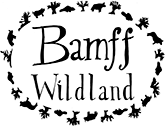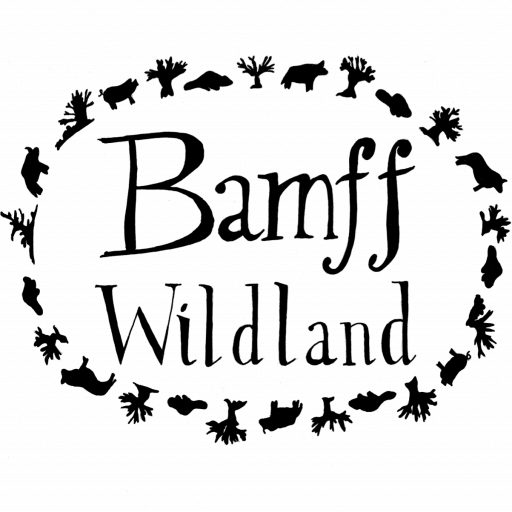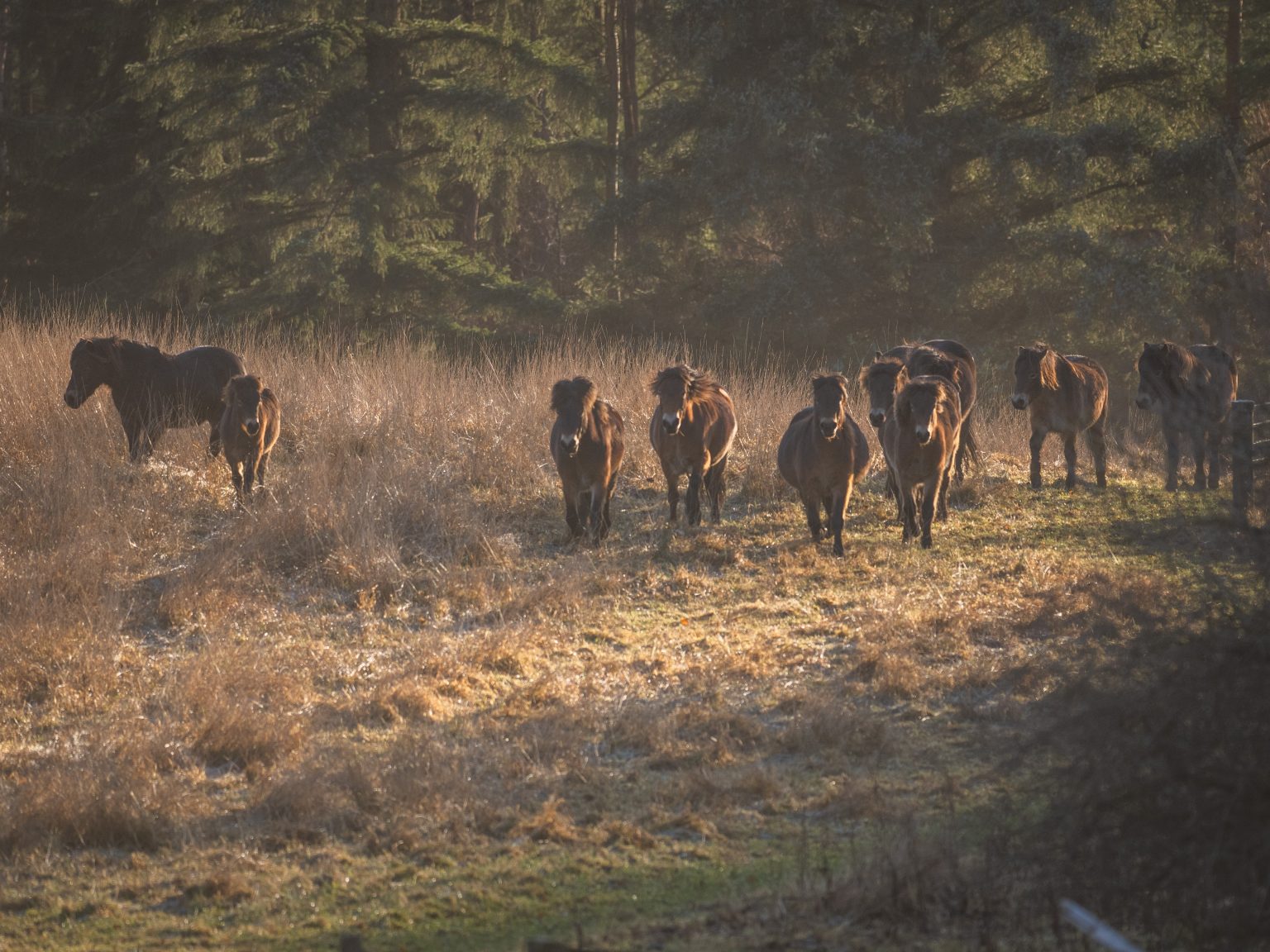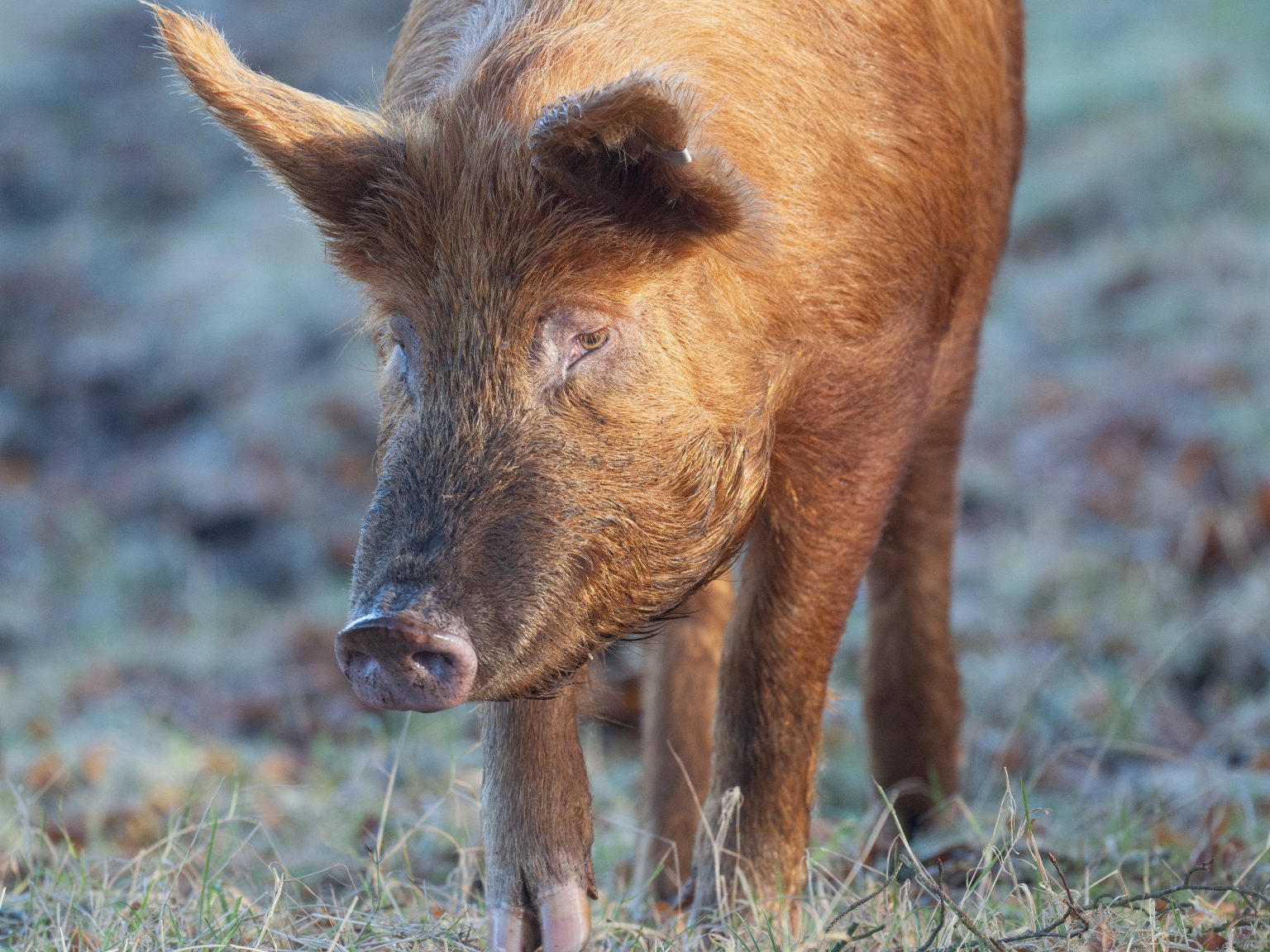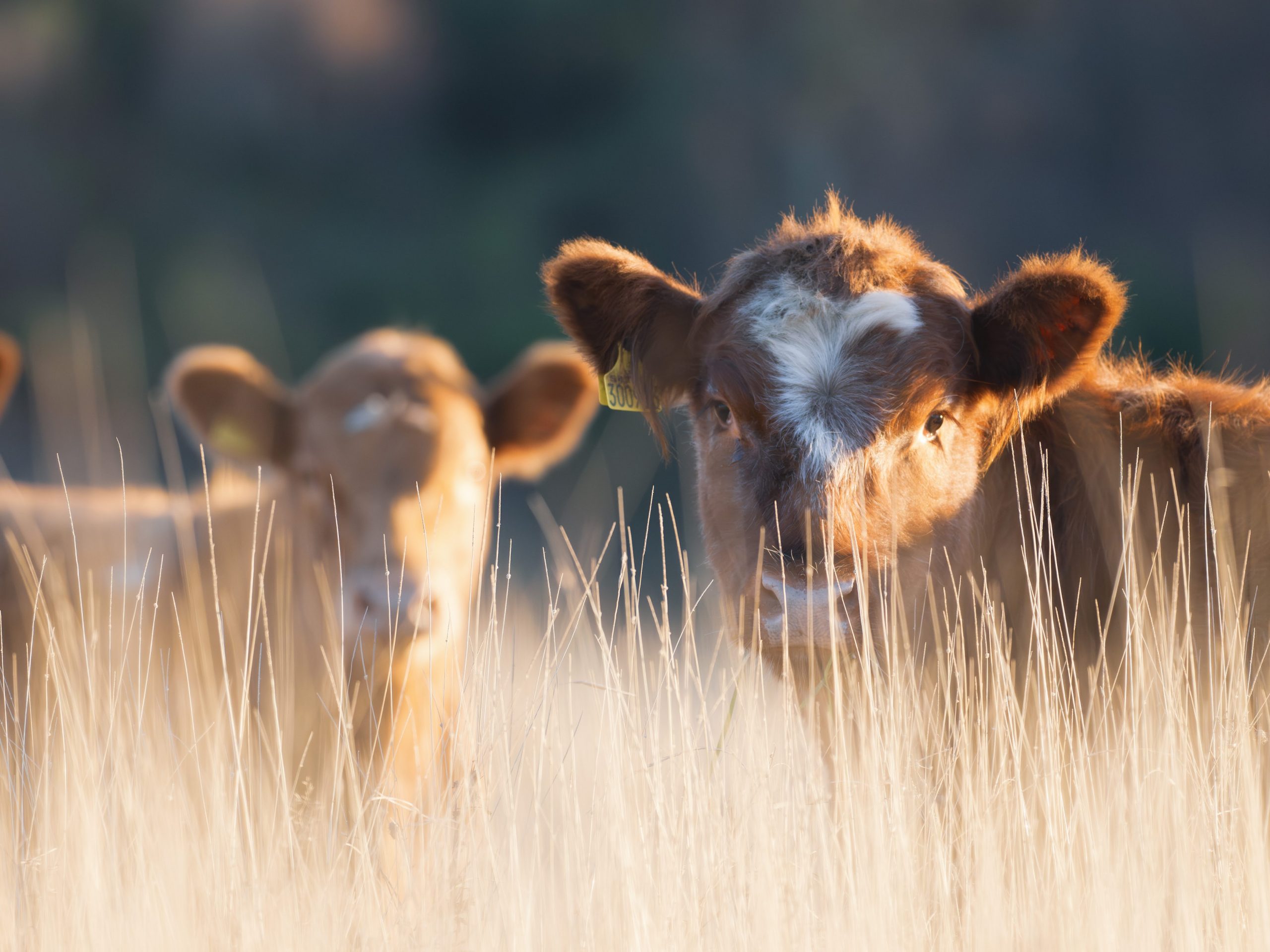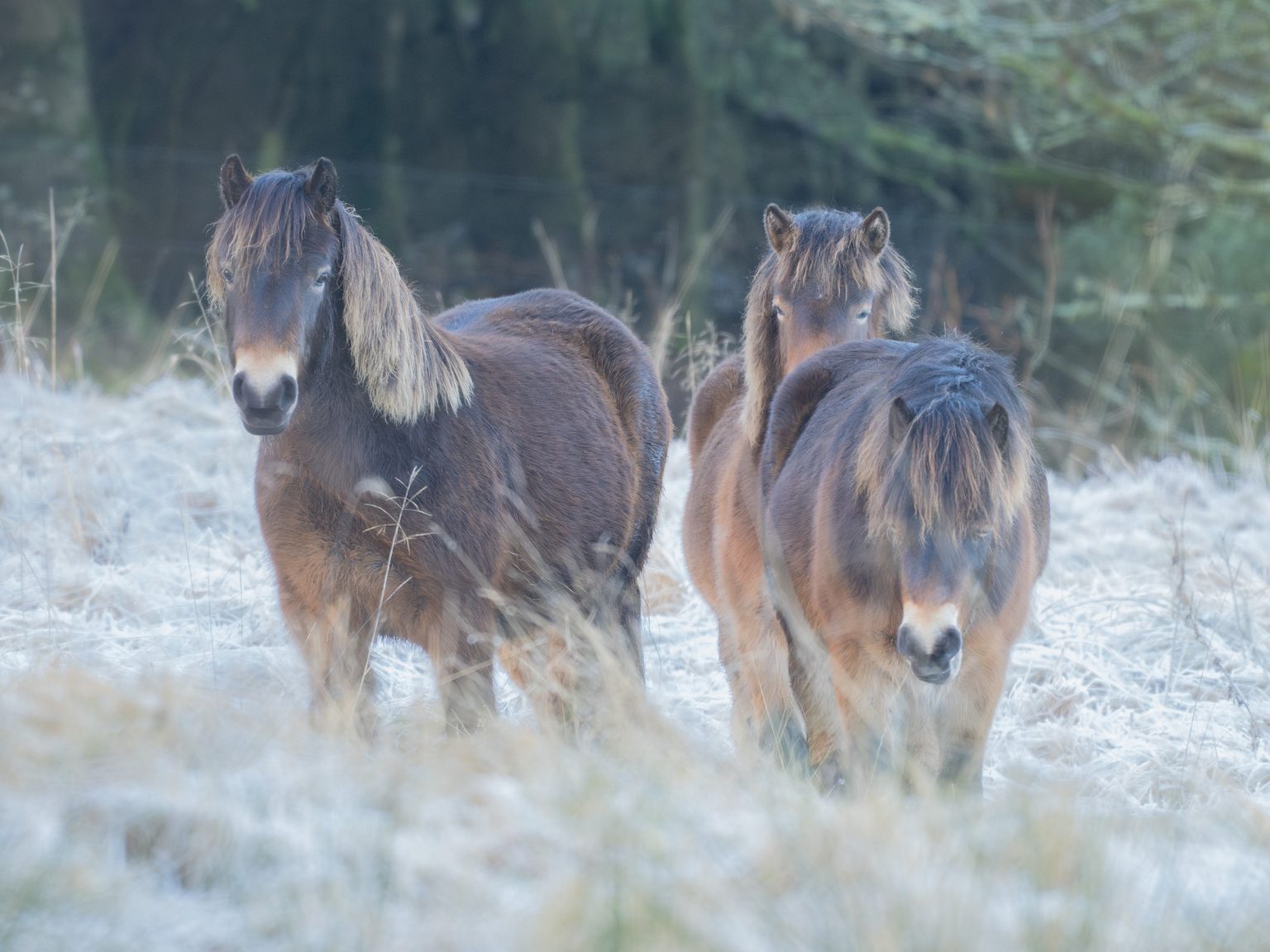Natural Grazing
A crucially important part of rewilding at Bamff is the inclusion of low density grazers. Bound only by the Bamff Wildland perimeter fence, these species of mammal act as proxies for the native grazing beasts from thousands of years ago and help the landscape to gradually evolve into something resembling its pre-farmed state – but with a new and sometimes unexpected modern twist.
Low density natural grazing, attempts to mimic primitive ecological relationships between herbivores and the landscape by introducing, enhancing and maintaining dynamic natural processes. A gradual re-balancing occurs of previously dysfunctional or non-existent flora through the herbivores disturbing ground in their own unique ways. This gives new seeds a chance, or emphasises the grazing of certain over-abundant plants. Which then leads to significant positive transformations of habitat and the increased presence of both invertebrates and vertebrates. Additionally their dung has an impact on localised fertility, whilst also serving as a medium for invertebrates to thrive.
However, overgrazing is always a danger, and so the density of these herbivores is strictly monitored, and then adjusted if necessary.
Pigs
Four Tamworth weaner siblings arrived in March 2022 where they were kept in an enclosure until old enough to be released into the wildland (which occurred two months later).
These four, characterful sisters have since got to work snouting and rootling up the ground; mimicking the behaviour of wild boar, which would have been a wild species found natively in Scotland before their extinction in the 13th century.
Bamff, in fact, had a family of wild boar living on the estate within a large enclosed area up until 2014, before they escaped via a damaged fence, never to be seen again.
Tamworths are suitable for rewilding projects due to their strong snouts and their overall resilience to tough climates. Research suggests that their rootling (or ploughing) behaviour in grassy areas can often re-establish micro-habitats that can help rare or diminished invertebrates to emerge. These dug-up patches also allow seeds to take hold and for young trees to grow. We take advantage of these patches to also manually plant young protected saplings of various native species.
In summer 2023 one of the Tamworths received some serious injuries from one of her dominant sisters. This led to a period of isolation, care and rehabilitation which was ultimately successful, but also meant that she was no longer able to return to her family. She now lives a happy life in a farm not far from Bamff.
Three Tamworths may be too small a number to have the maximum impact required in the whole wildland area, and plans to briefly introduce a male for one round of breeding are being considered.
Cattle
Introduced as a proxy for the ancient extinct Aurochs, a herd of 18-20 domestic cattle are, since March 2022, to be seen roaming wild around Bamff Wildland.
Unlike the other grazers, the cattle are ultimately farmed animals owned by neighbouring farmers, who occasionally remove them for slaughter, to be replaced with another equivalently sized herd. This is a slightly compromised setup from a rewilding perspective, but for the moment provides a mutually beneficial situation.
The breeds of cattle seen on Bamff Wildland vary between Aberdeen Angus/Short Horn Cross, to Luing Cross.
Cattle, like the Aurochs before them, tear up the ground, which results in shorter grasses as well as some patches of bare soil. This is highly conducive for increasing biodiversity – allowing flowers and herbs to appear and hence invertebrates and consequently vertebrates too. Additionally, this slight clearing of terrain helps other grazers who can then more easily access their own preferred vegetation.
Ponies
January 2024 saw the arrival of 11 Exmoor Ponies at Bamff Wildland. Originally from a main herd based in the Scoraig Peninsula, this breeding group belongs to the eminent Exmoor Pony researcher Debbie Davy.
Her research has revealed some astonishing revelations about their genetic heritage, but in short, they are probably the most related of all breeds to ancient wild hill ponies and thus also wild horses.
Exmoors are resilient and not very susceptible to common pony woes such as worm infestations or laminitis.
Their feeding habits differ distinctly to the pigs and cattle, biting grasses and other plants neatly with their incisors.
They are also relatively picky about what they eat, normally avoiding flowers and saplings. And their hoofing of the ground creates little scrapes, again conducive to seeds taking hold and other biodiversity impacts.
